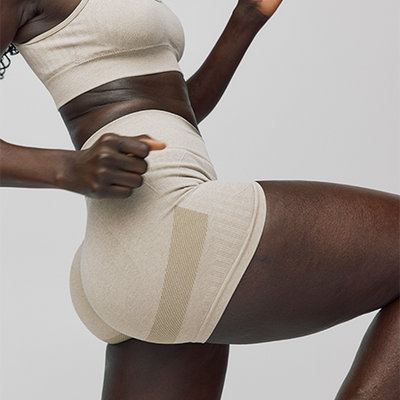

According to Planned Parenthood, intrauterine devices (IUDs) are one of the best methods of contraceptives — more than 99% effective. An IUD is a tiny T-shaped device inserted into the uterus to prevent pregnancy. They are long-term, reversible, and one of the most effective birth control methods available. There are two types of IUDs; the hormonal IUD and a non-hormonal copper IUD.

Despite how great I think IUDs can be as a contraceptive, the insertion process can be incredibly painful. And to make matters worse, patients aren’t warned of potential pain, aren’t offered pain management, and the pain we do experience is dismissed by health care professionals.
I have had two IUDs inserted in my life. The first was a truly horrible experience. I learned after I had this experience, that I wasn’t alone in experiencing significant pain.
I was told before the procedure that the side effects might be like menstrual cramps or an uncomfortable pinch. What I experienced instead was pain so severe that I left in tears, having to take the next day and a half off work. To this day, I am sure it is the most painful thing I have experienced in my life. It was so bad that I ended up having to transfer my care to a different hospital. I was too traumatized to go back there.
When I changed care providers, I was determined to advocate for myself and ensure that I never experienced anything like that again.
How to Prep for IUD Insertion
Do Your Own Research
Do your own research. Learn about what options for pain relief are available and what the best way to prepare for the IUD insertion procedure is for you. Options include:
- having your cervix frozen,
- taking medication to help relax your cervix,
- having pain medication like naproxen prescribed in advance,
- and having calming medications prescribed to help relax your nerves
If you have complex health issues related to the uterus, sedation is also an option. To prepare for my second IUD placement, I had my cervix frozen, and it changed everything for me.
Discuss Pain Concerns with Your Doctor
Book an appointment in advance of insertion to discuss your pain concerns with your doctor.
Write notes for yourself so you know exactly what you want to discuss and know what you want out of this meeting.
If you know you have a low pain tolerance, you can point to this as the reason for your concern or simply reference some of the articles linked at the bottom of this blog post.
Take Your Time
When you go in for the actual appointment, leave your pants on so you have a chance to speak with your doctor before the process begins.
When you go to the doctor’s office, a nurse will bring you in and give you a sheet. They’ll ask you to undress while you wait. I find this makes it much harder to advocate for yourself as you’ve already started the process – you’ve already removed your clothing. Keep your clothes on. When the doctor arrives, ask them to describe the process. Then the doctor can step outside for a moment for you to change.
If this makes you nervous, change first. But stay seated on the side of the bench and don’t move your feet into the stirrups until you have asked all your questions.
Insert the Speculum Yourself
Ask to insert the speculum yourself. I learned this from the Feminist Midwife. It has been a game changer for me for any pelvic exams I’ve had since. I always insert the speculum myself and I find it to be significantly less painful.
Trust Yourself
Lastly, trust yourself! You know what you need more than anyone else.
Plan ahead, take notes, and know that even if it feels awkward, advocating for yourself is so important and can really change your experience for the better.
The Best Form of Birth Control for You
The best form of birth control for you is the best form of birth control for you. Be that birth control pills, the ring, patch, condoms, or an IUD.
Research your options, determine which method is best for you, and use these helpful tips to more comfortably advocate for yourself.






















